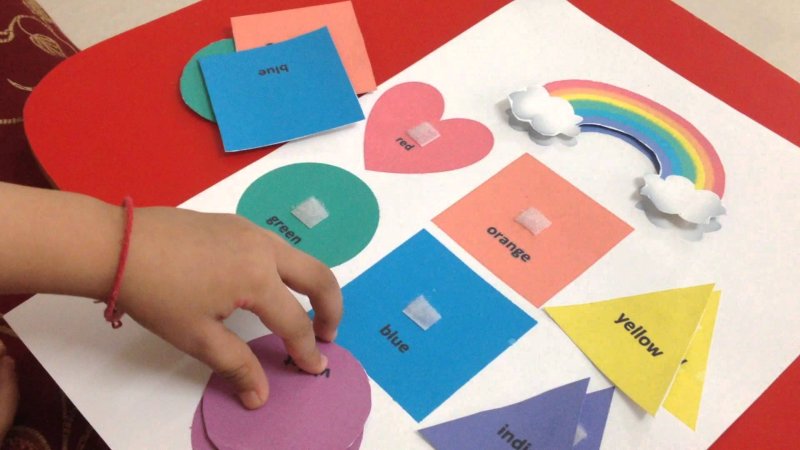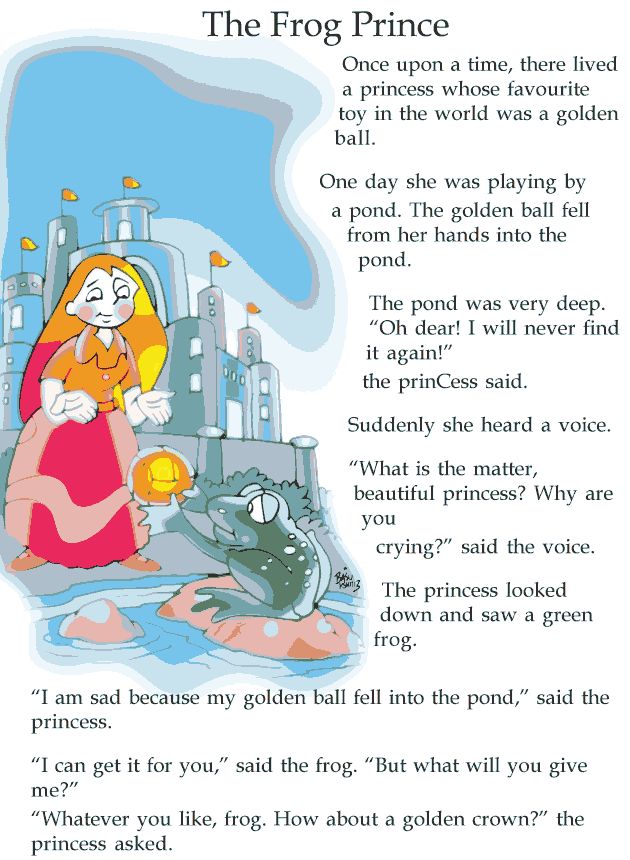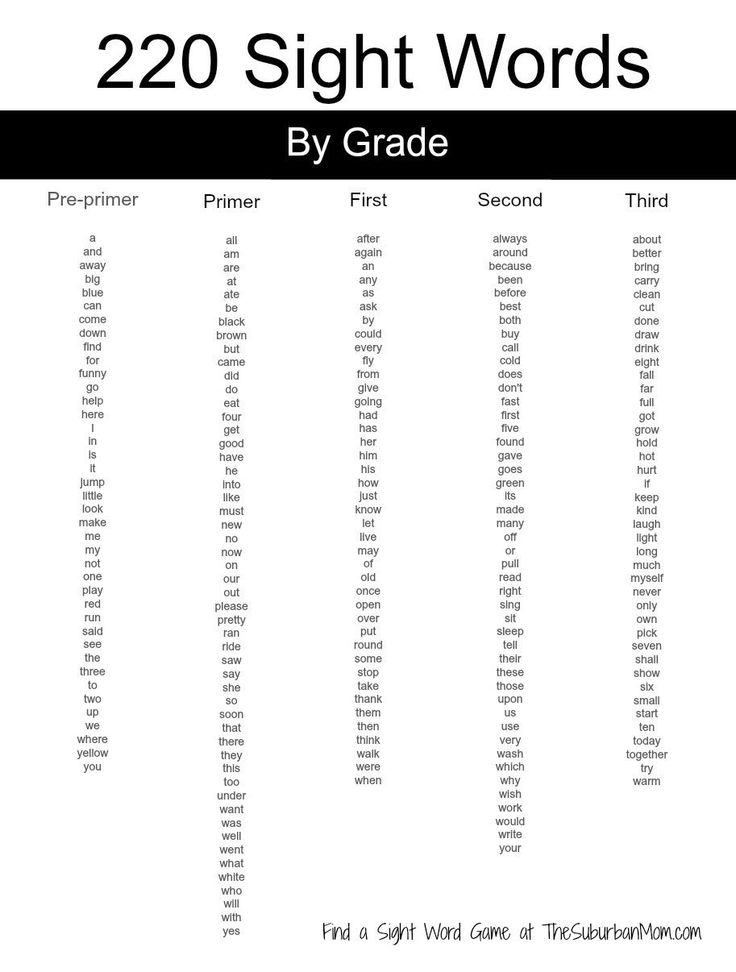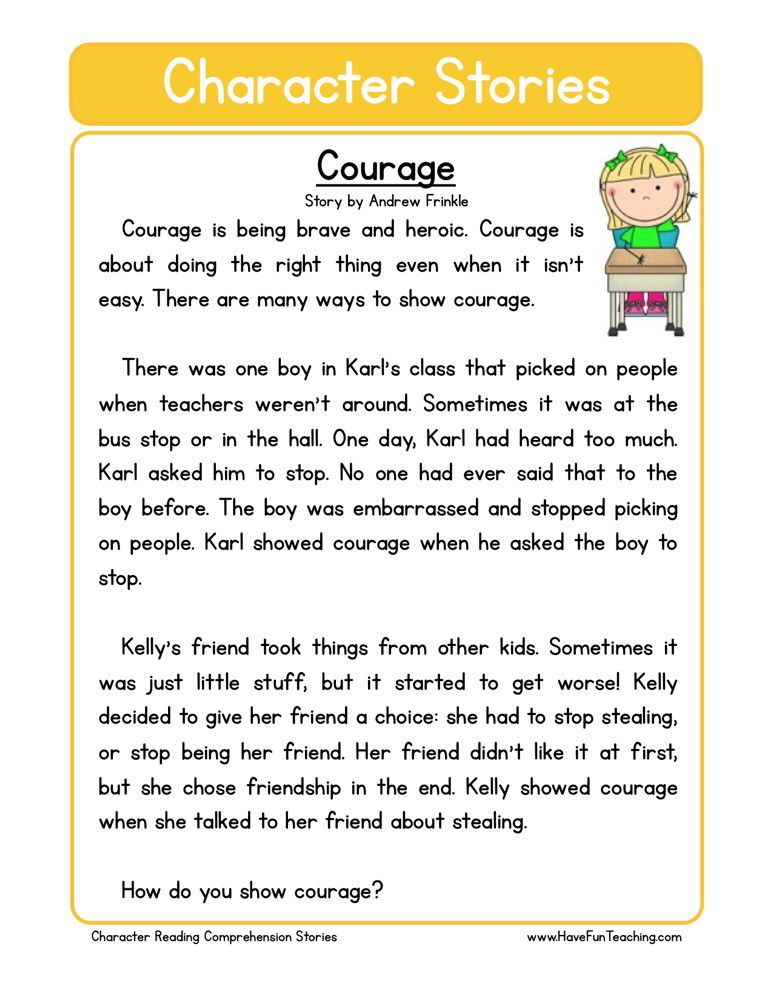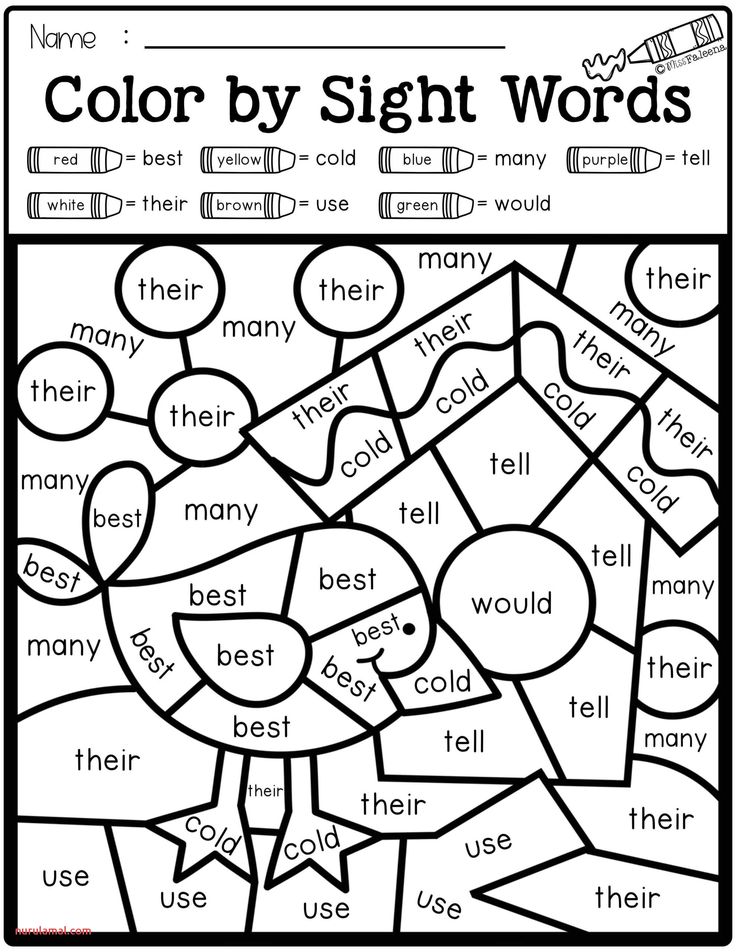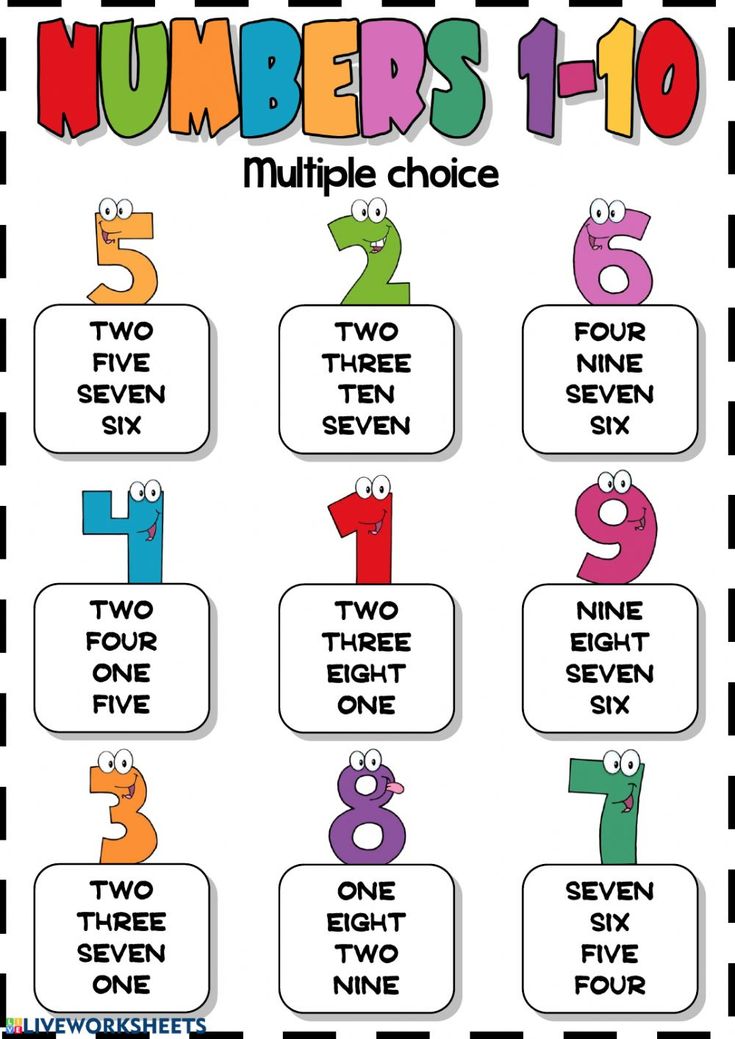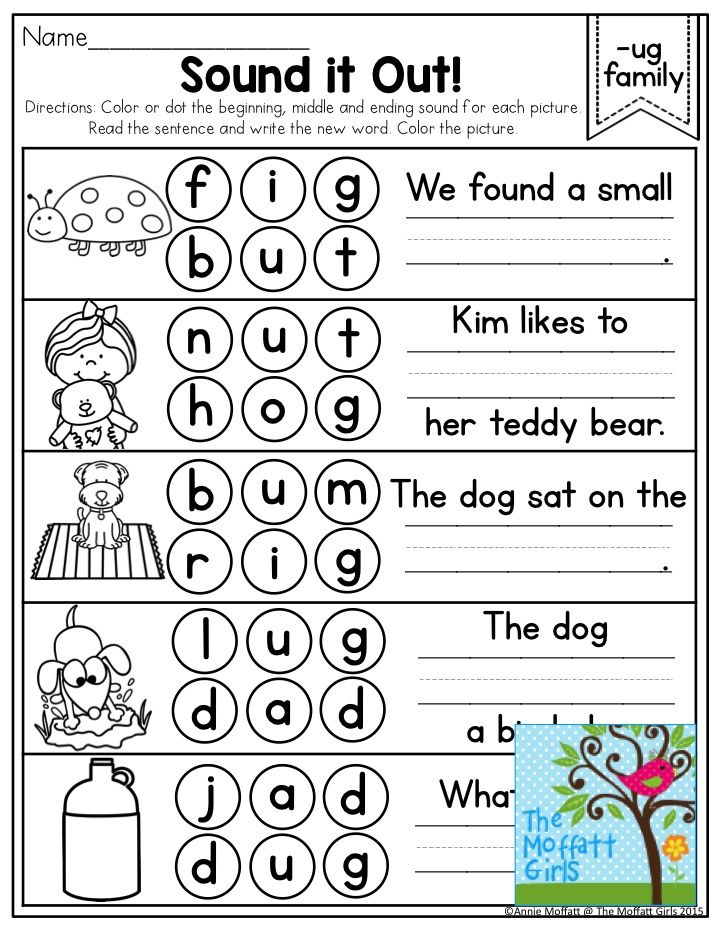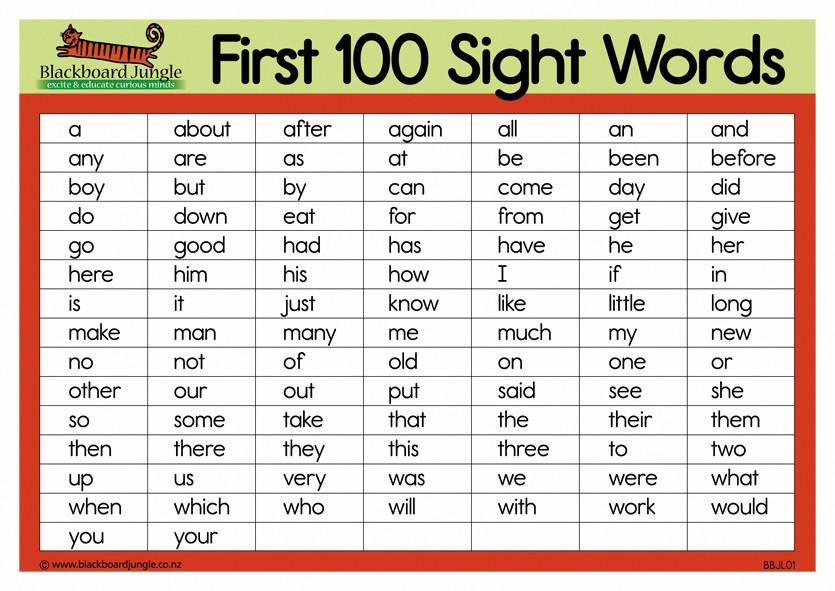How to teach toddlers colors and shapes
4 Tips for Learning Colors and Shapes
What can we help you find? ArrowLeftRed SearchRed SearchClose
BackLet your curious toddler explore the world around her. Here are 4 tips for learning colors and shapes at home!
Watching your little one learn new concepts and develop new skills can be some of the most cherished and exciting parts of being a parent. And one of the most fun and effective activities is learning colors and shapes! “Young children have an inborn ability to understand shapes,” explains Dr. Judith Myers-Walls, a specialist in human development at Purdue University. “Even babies can recognize the difference between a circle and a square. They can see shapes and feel them. But they need help learning the name of each shape.”
So how can you go about teaching your children shapes and colors at home? You can start right away using everything around you! Begin with these four tips for learning colors and shapes:
- Use What You Have
You don’t need to invest a lot of time and money into special toys and educational materials.Using items found right in your child’s environment will help learning colors and shapes feel natural and easy. That yellow banana you have hanging in the kitchen will work just fine. You can point to the banana and say, “yellow banana,” then point to a yellow block and say, “yellow block.” Throughout the day, continue to point out anything and everything yellow that you can. Repetition can really help children learn, so pointing out a specific color or a shape frequently will help your little one grasp these concepts.
- Build Upon Basic Concepts
Start out with very basic ideas first. Point out objects of a certain color or shape around your house, and after you can see that your little one really “gets it,” progress to grouping similar objects together to really solidify the concept in your child’s mind. Help her find shapes in her everyday environment — her square napkin, her circular cereal pieces or the coat hanger shaped like a triangle — and help her find similar shapes in other parts of the house.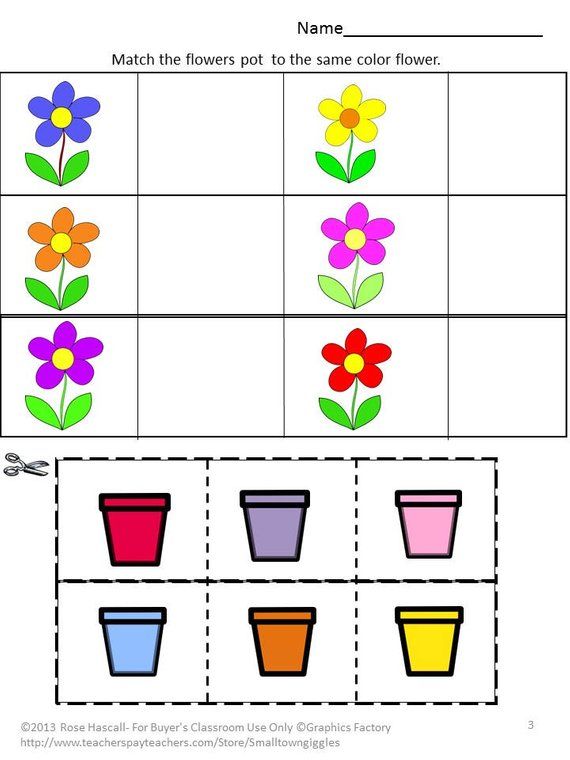
- Demonstrate Shapes
Show your child rather than simply telling her. Hold on to your child’s fingers as you trace certain shapes using finger paints or through sand. As your child’s fine motors skills begin to develop, you can reinforce these basic skills by allowing her to practice drawing shapes herself using a paintbrush or large crayons.
- Play With Shapes and Colors
Turning a lesson about colors and shapes into playtime can have a bigger impact than you think. “Through play, children learn about the world and engage in activities that encourage their cognitive, emotional and social development,” says Gabriel Guyton, a psychologist and head teacher at the Bank Street Family Center in New York City and author of “Using Toys to Support Infant-Toddler Learning and Development.” Guyton suggests setting up activities for small children that will allow them to visually identify similarities and differences between different shapes and colors.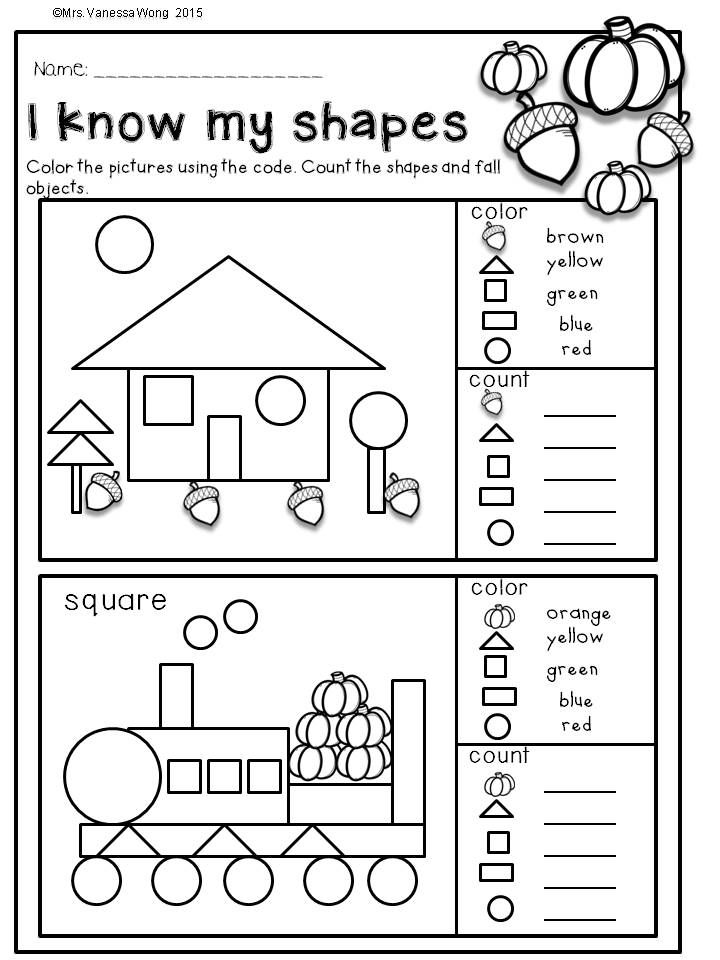 “Provide matching plastic cookie cutters, allowing children to make shapes and experience the ideas of ‘same’ and ‘different’ as they explore.” You can also set up an activity where you and your child line up all the green toys in the house, or organize blocks by shape while saying the name of each shape as you go.
“Provide matching plastic cookie cutters, allowing children to make shapes and experience the ideas of ‘same’ and ‘different’ as they explore.” You can also set up an activity where you and your child line up all the green toys in the house, or organize blocks by shape while saying the name of each shape as you go.
Once you get the hang of it, teaching your child about colors and shapes will become second nature, and she’ll be pointing out all the shapes and colors around her. Her world is constantly growing and expanding, and you’re helping her learn how to describe and appreciate it.
Want more learning games? Try these 8 Color Games That Teach and Entertain.
Kelly Sundstrom is an award-winning journalist and national special needs spokesperson. As the mother of two exceptional children, Sundstrom has been a guest speaker on Grassroots TV in Aspen, Colorado, and offers her support and advocacy to families all over the country.
Like what you're reading?
Join Care for FREE
EmailPlease enter a valid email address
Click 'Next' to start an account and get tips, tricks and trending stories.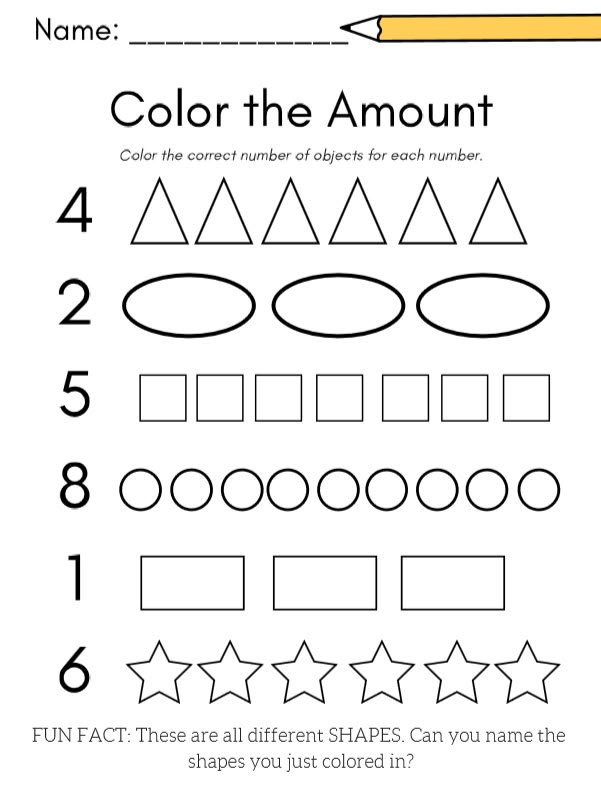
Already Registered
The email address you entered is already registered. Would you like to log in?
Log in
Almost done!
Join Care for FREE
Create a free account to access our nation wide network of background checked caregivers.
First Name
Please enter first name
Last Name
Please enter last name
Zip CodePlease enter a valid zip code
By clicking "Join now," you agree to our Terms of Use and Privacy Policy.
Welcome to Care!
You're on your way to finding someone your family will love.
Start now
9 Simple Ways to Get Your Toddler to Learn Colors
97 shares
- Share
- Tweet
Once your child has reached the big milestone of turning 1, you’ll notice they become little sponges of information.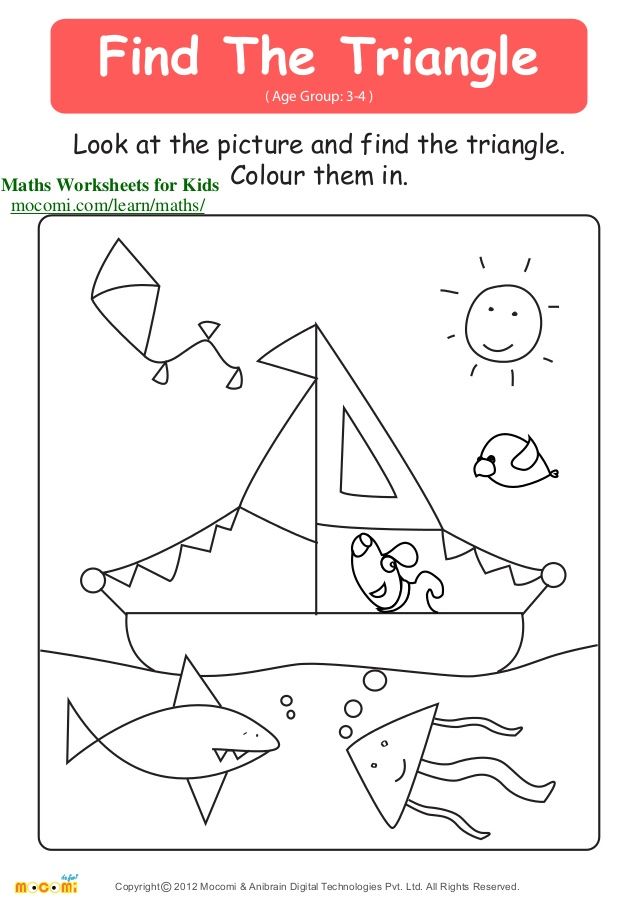 They start walking, talking, and being so much more independent now that the baby stage is long gone.
They start walking, talking, and being so much more independent now that the baby stage is long gone.
Around this age is when you can start introducing them to colors. It’s important for a child to start hearing words often in order to remember it.
Even though they probably won’t be able to fully understand and retain the concept of colors until around 18 months, it’s a good idea to start teaching it early on. This is when learning colors will start to make sense to them, just like learning names of objects made sense to them around the 1 yearmark.
Color matching (putting the red piece on the red spot) is one of the simplest forms of learning colors. It may occur first, along with recognizing and choosing colors when asked for them (handing you the red piece when you say give me the red piece). Lastly comes naming colors (being able to say red when asked what color is this?).
This post may contain affiliate links which I would receive a small commission should you make a purchase.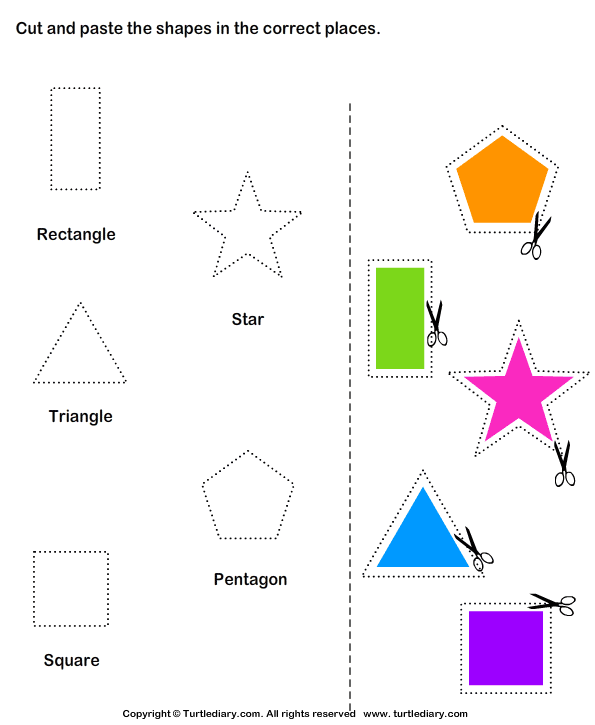
The key to your child learning colors is over-exposure. As I’ll talk about below, you want to give them tons of opportunities to hear you say the colors names, be asked the color’s names, and see them often.
Get A Year of Activities for Your Child FREE!
Sign up here to get an email every month with new and exciting crafts, activities, and printables for your children.
I started really introducing my daughter to colors around 16 months old and she got a grasp of the concept quickly. Here are some simple tips to teach your toddler their colors:
1. Start simple
Don’t overwhelm your toddler with too many colors at once. Focus on two at a time and then add more in as they become familiar with those.
Whenever you see those two colors, point them out to your child, but don’t label any other colors yet. For example, choose to teach your child red and green first. Whenever you see anything red or green, point it out.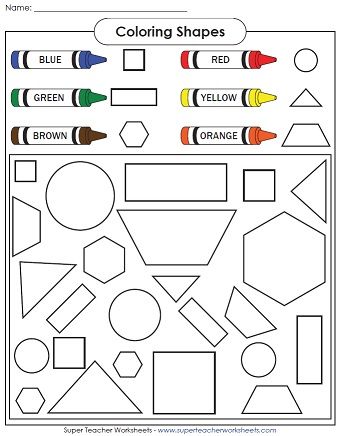 Give them only red and green objects at certain playtimes.
Give them only red and green objects at certain playtimes.
Clearly label and talk about the red versus green objects. Ask them to sort only objects that are red or green. Once they are familiar with red and green and the differences between those two, add in yellow. Of course they will see other colors while they play, but really try to only speak about the few colors that you choose.
Showing them less choices will help them to remember the colors easier.
Related post: Pom Pom Tube Drop: Toddler Fine Motor Activity
2. Use small, colorful objects for sorting
I love using fun, simple objects for learning colors and counting. Toddlers love little pompoms because of their softness and they’ll be excited to learn with them.
I like to group and sort them by color as my daughter puts them into their correct pile. If your child is just learning colors, naming the colors of each pompom works great too.
This Rainbow Counting Bears Sorting Toy makes a fun learning resource for introducing color recognition & basic mathematics concepts such as counting and addition.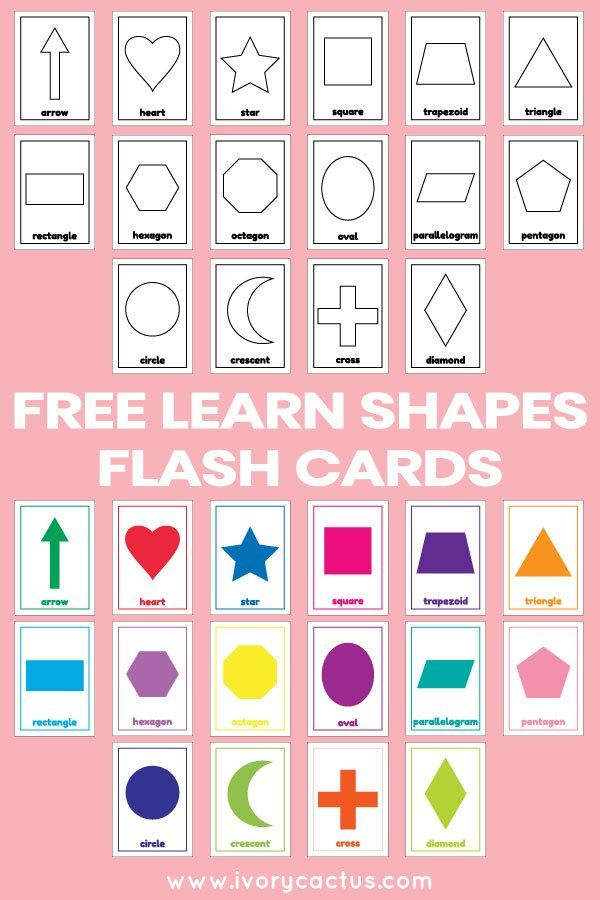 It can also be used for kids math and counting games for toddlers and great for developing fine motor skills with the tongs.
It can also be used for kids math and counting games for toddlers and great for developing fine motor skills with the tongs.
Have your toddler sort the bears into their same color cup. They can use their hands or tongs . They’ll also have a fun time using their imagination to make stories and games with the bears.
3. Distinguish contrasting colors
It’s best to use colors that are not at all similar to each other so you don’t confuse your toddler. Items that have contrasting colors will stick out more to them when they’re learning.
For example, if you’re teaching colors side by side, don’t put blue and purple together, red and orange, red and pink, etc. Colors that pair well with contrast are red/green, blue/yellow, purple/green, and black/white. There are plenty more combinations to use.
Also, sometimes certain shades of a color will be closely related like a yellowish green will look similar to yellow or a turquoise could look closer to a green or blue.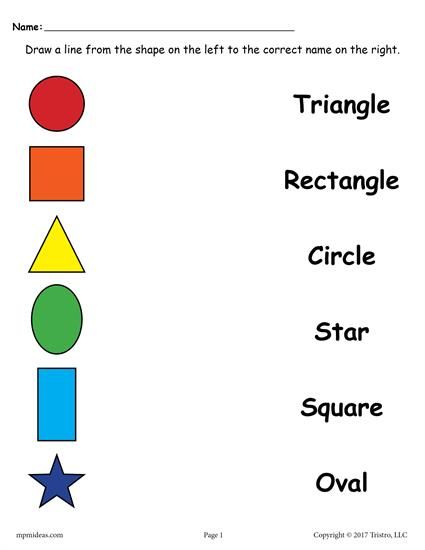 Try to stick to the basic primary colors when teaching them.
Try to stick to the basic primary colors when teaching them.
Check out our post on the Pompom Whisk Activity for Toddlers where you child can try a fun activity while also learning their colors.
4. Color puzzles
Puzzles are a great activity to develop language, cognition, and fine motor skills. My daughter loves the Melissa & Doug Colorful Fish Puzzle and is always asking to do it.
While we play, I verbally label each color as she puts the piece in the board so that she hears it over and over and can match the color name with what she sees.
Since this color puzzle is using all fish, your child won’t have to focus on the pictures or objects on the puzzle, but will be able to just pay attention to the colors. I think this was one of the best aids that taught my daughter her colors so early.
5. Use the same objects
The concept of colors may be a little difficult for babies and toddlers to understand because it’s a word typically used to describe something else.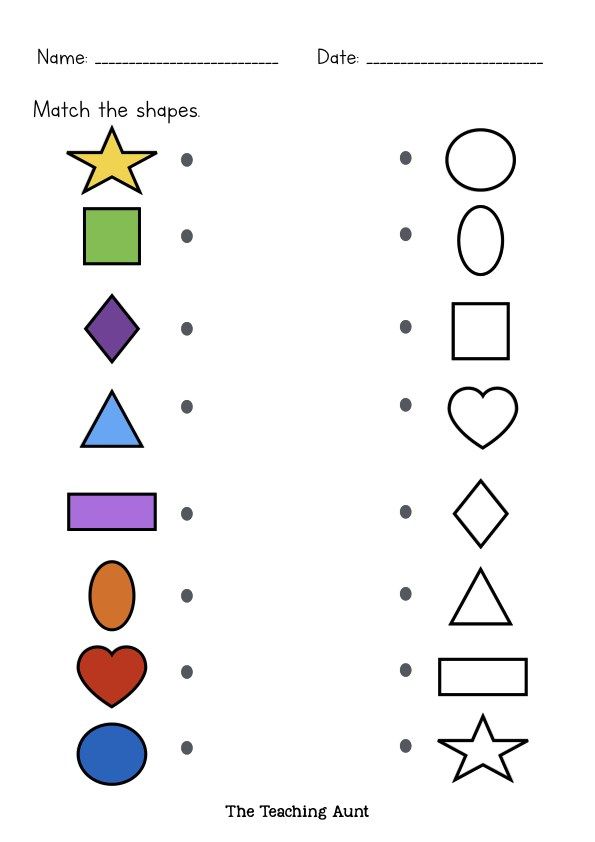 So far they have been learning words of actual things, like ball, car, mommy, milk, etc.
So far they have been learning words of actual things, like ball, car, mommy, milk, etc.
All items they can see or hold and names of these objects can make sense to them.
To get them to understand the concept of colors better, make sure you’re using two identical objects to point out the color differences. For example, don’t show your child a red car and a blue block because she will just think that you’re naming it differently because the object is different.
Instead, use a red car and a blue car to distinguish the differences.
This activity below works on color matching and sorting which are the first color activities your toddler will be able to do. We used MegaBlocks, but you can really use any blocks or toys that have different colors.
Simply put construction paper on the floor in the colors of the blocks and have your child match their toy to the colored paper. Read more about this activity here.
6. Label EVERYTHING with a color
This will help them to quickly build their language and vocabulary. Anything they see in their everyday world has a color. Make sure to verbally label objects with their names and colors as you see them, pass them, and give to them.
Anything they see in their everyday world has a color. Make sure to verbally label objects with their names and colors as you see them, pass them, and give to them.
When you’re first starting to introduce colors, you may want to just label the colors on their own so they’re not confused by the color and the name. You’d be surprised how quickly children pick up these concepts and understand that you’re not naming the object, but just describing the color.
Related Post: Sticker Letter Activity: Letter Learning for Toddlers
7. Color with crayons and markers
Coloring is a great skill for toddlers to develop fine and visual motor skills (coordinating their hands and eyes to perform a task). Have your child use crayons to scribble on paper and point out and label the colors that they use.
You can print out free blank coloring pages of their favorite characters or objects hereif using a blank paper gets boring to them.
For little hands, I highly recommend these finger crayons. They are perfect for tiny fingers to wrap around and promote a proper grasp around the crayon. Skinny or chunky crayons just don’t allow your young toddler to hold it the correct way and it will end up tiring them out quicker.
They are perfect for tiny fingers to wrap around and promote a proper grasp around the crayon. Skinny or chunky crayons just don’t allow your young toddler to hold it the correct way and it will end up tiring them out quicker.
8. In their natural environment
Kids learn best in the context of their everyday environment. Point out the contrasting colors at:
- mealtimes (green beans, yellow corn, red raspberries)
- during dressing (blue shirt, black pants)
- during playtime (red blocks, blue balls)
- outdoors (blue sky, green grass, pink flower)
9. Fingerpainting
Sensory experiences where children are actively touching, tasting, hearing or smelling things are one of the best ways to teach your kids new concepts. Your toddler will love trying out their artistic capabilities by rubbing their hands on paper with finger paint.
By just getting 3 primary colors (blue, red, yellow) of finger paint, you can mix them until you make secondary colors (green, purple, orange).
Have your toddler rub their hands and fingers in the paint and just smudge it onto paper. Talk about the colors they are using and ask them what color is on their hands and on the paper.
You can make your own finger paint at home so quickly, which is safe and even edible for your child. Check out this post: Sensory Edible Finger Paint for the recipe!
Related Post: Edible Finger Painting Recipe
10. Songs and Videos
Toddlers and babies love to hear music. Whether it be songs on the stereo, mommy singing, or making their own sounds by shouting at the top of their lungs, they are drawn to it.
Using songs (especially with visuals) is a great way to teach your child new concepts. Putting words to music helps things to stick better in their brain and will give them a higher chance of learning the skill.
Here is a short video that can help your toddler to learn their colors by combining colorful graphics to a catchy tune. You can also make up your own songs and melodies to sing as you show them colors.
Even just saying the colors but having a little rhythm to it will help your child to remember the colors easier.
Related posts:
How to teach a child to distinguish colors
Rastishka yogurts and curds are enriched with Ca and D3.
100 g of yogurt or cottage cheese provides 20-27% of the daily calcium requirement for preschool and school children.
About calcium
Rastishka
“Colors can be compared with vitamins that a child needs for growth and development”
(B. A. Bazyma)
learning and not to demand the impossible from the child.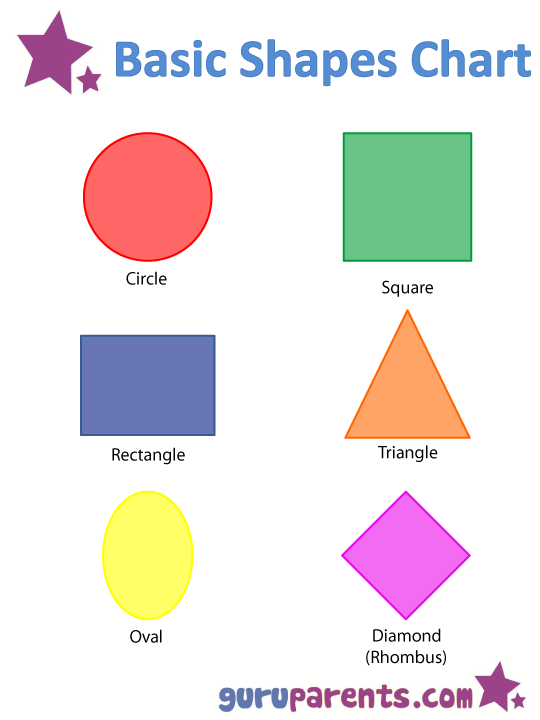 So…
So…
razvitie-krohi.ru
Age features of color perception
- Newborns see the world in black and white.
Display black and white ornaments and geometric shapes.
- At 4-5 months, the baby can recognize the primary colors of the spectrum.
Show him pure shades, without impurities and color transitions. At this age, the baby sees red shades better, and begin to get acquainted with the color from them.
- By the 7th month, the child has the ability to distinguish colors of the short-wavelength part of the spectrum (green, blue).
- Children learn to distinguish and remember colors through associations.
A child perceives color in unity with an object and a word. For example, "yellow" is a lemon or the sun. If you show the baby a picture where the sun is green, you will confuse him. To the question "What is it?" he may not be able to answer.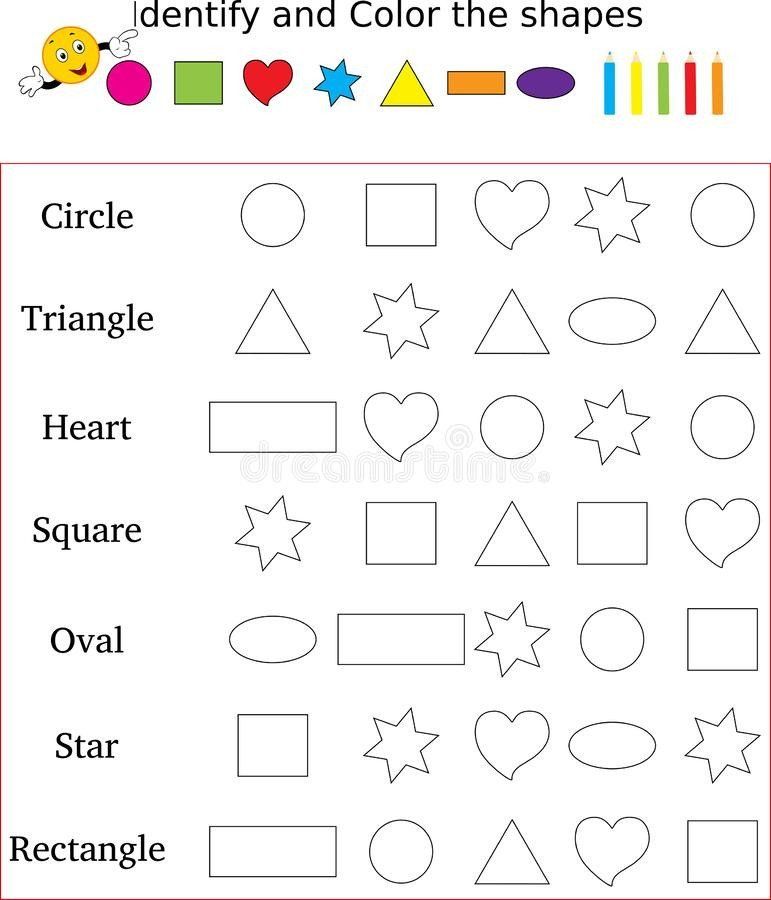
- Full-fledged color perception is formed in a child by the age of eight.
The sense of color can be developed. Start learning colors with basics, and then add shades.
- Anomalies in color perception in children occur with approximately the same frequency as in adults.
If you notice any abnormalities, seek medical advice.
- Color preferences change with age.
Children love color, react to it, play with it. Acquaintance with color helps them to cognize the world around them, develops observation, thinking, enriches speech. Children of different ages have different color preferences. This should be taken into account when decorating the interior of a children's room, buying clothes, etc.
How to teach colors to a 1-2 year old child
www.o-krohe.ru
Is it possible to teach colors to a child if he still cannot speak?
Not only possible, but necessary! The child is able to understand and remember what you will tell and show him.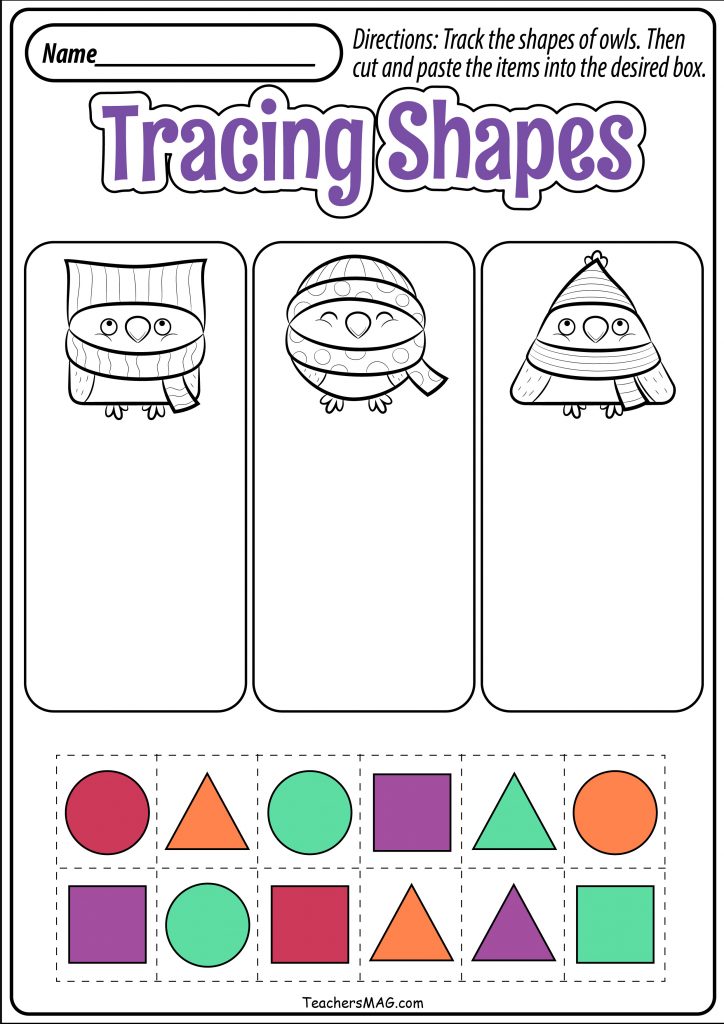 And he will be able to repeat the words later, when he learns to speak, while it is enough that he can point to the desired color or object with his finger. In the future, when he can consciously build phrases, he will easily be able to explain the difference between one or another color.
And he will be able to repeat the words later, when he learns to speak, while it is enough that he can point to the desired color or object with his finger. In the future, when he can consciously build phrases, he will easily be able to explain the difference between one or another color.
Which color to start with?
- According to teachers, it is necessary to start learning with red and yellow.
- Start learning colors from your favorite fruit. If a child loves orange, he will easily remember the color orange.
- You can play with plasticine or colored dough and name your child colors. Touching plasticine, contacting with it, the child will quickly remember this or that color.
- Offer pencils and markers for drawing, saying what color they are. Use these names as often as possible: "Give me a red pencil, please", "Let's cap the blue felt-tip pen."
zhenomaniya.ru
- Pyramids, cubes, large details of the designer, molds, multi-colored dishes, large mosaics, etc.
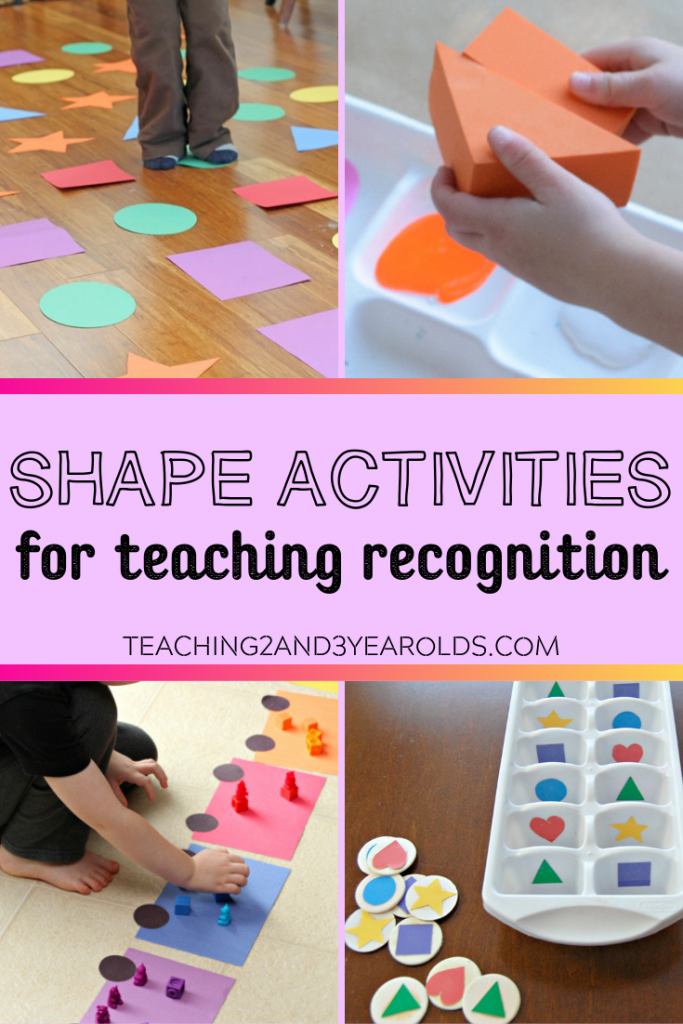 are well suited for memorizing colors.
are well suited for memorizing colors.
heaclub.ru
- Voice colors and actions with colored objects more often: “The bear likes to drink from a RED cup, the Masha doll likes a GREEN dress.”
- Learn colors while walking. “We are walking on green grass”, “we look at what a blue sky!”, “Here is dad's black car.”
- Compare one or another color with objects familiar to the baby. “The spatula is as red as your hat”, “This bucket is as green as a cucumber.”
How to teach colors to a 3-4 year old child
- Play educational cartoons that clearly name the colors of different objects.
- If you allow your child to play computer games, pick up those where you need to collect or break objects by color.
- Play color construction game by creating shapes of certain colors and naming them.
s1.maminklub.lv
- Offer to sort objects by color.
mama-love.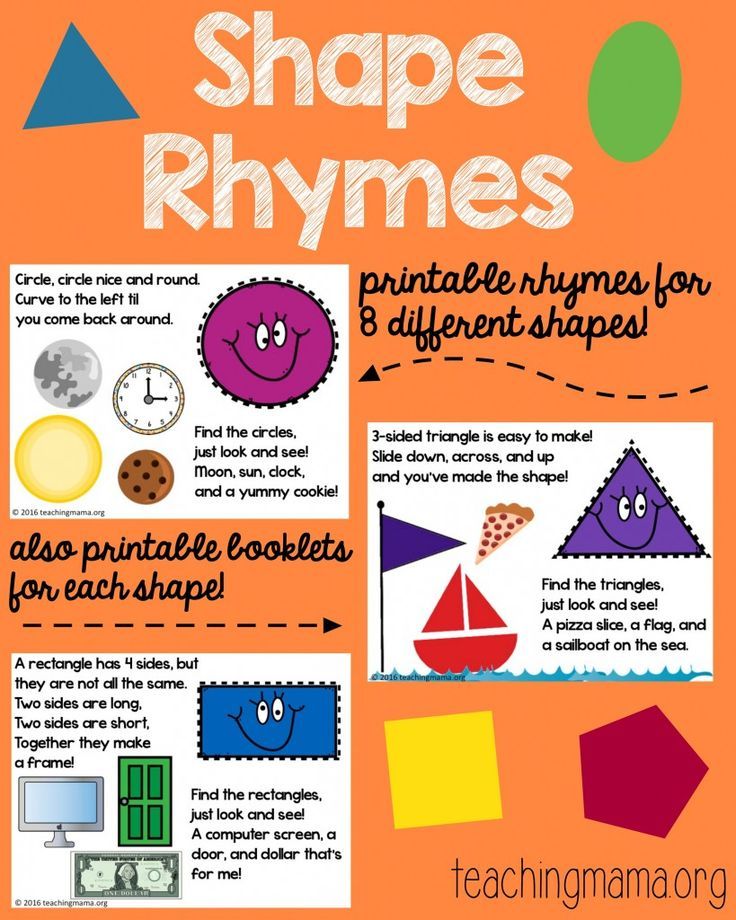 ru
ru
The younger the child, the fewer items for sorting he needs to offer.
heaclub.ru
- Make didactic games with your own hands.
s1.maminklub.lv
- Come up with “colored fairy tales”. For example: "Once upon a time there was a handkerchief. One day he fell into a cup of red compote and turned red himself.”
- Say the names of colors in different contexts: “This is a red ball”, “A red ball”, “This is a ball, it is red”, etc. Give up diminutives (blue, red).
- Let your child play with food and items in the kitchen. Everything can be touched and even eaten! But first you need to decompose into piles in accordance with the color. For example, a lemon, a banana and a plate are yellow, a pepper, a tomato and a saucepan are red, etc.
- Play the game "The Cap". Make caps out of multi-colored cardboard. Tell a rhyme, and let the child choose the right hat: “I’m going, I’m going to visit on a horse in a yellow (any color) hat.
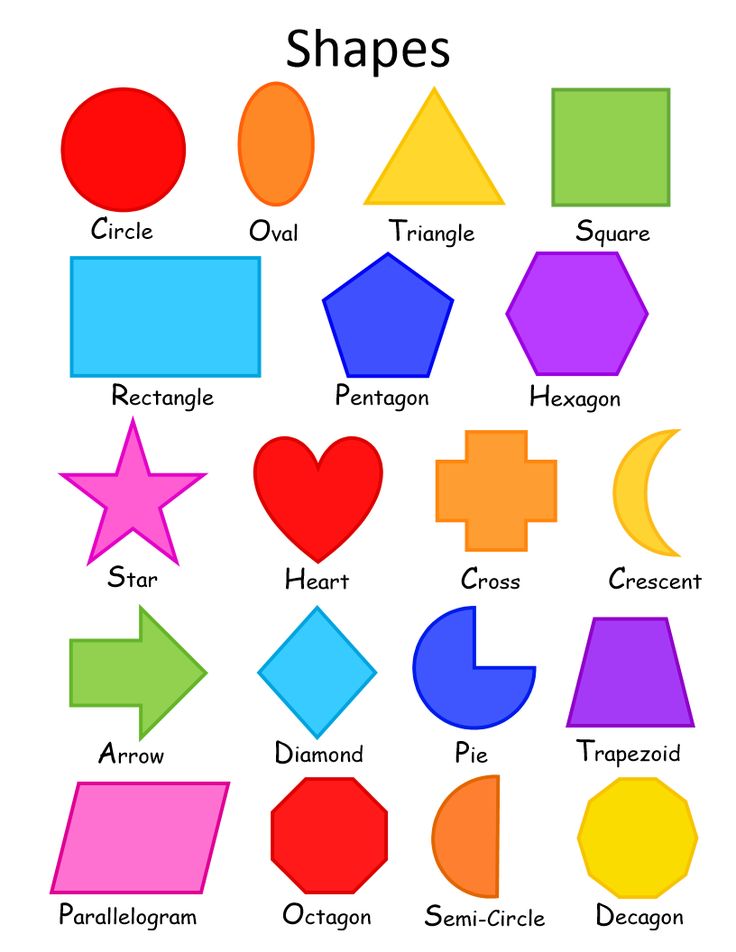 ”
” - Play the game "Find the Extra". Take 2-3 items of the same color and one completely different. Invite the child to exclude an object that differs from the rest in color.
How to teach colors to a 5-6 year old child
- Actively use verses that contain color names.
- At the age of 5-6 years, children really like coloring. Use this to learn as many color names as you can.
Choose images with large details and a bold outline. Recommendations HERE. There are coloring tips with colored outlines. When coloring, repeat the names of the colors, tell how beautiful they are, which pencils are similar in color, and which are different.
- Confusion game. As a rule, after drawing on the table, caps and felt-tip pens lie separately. A little trick to put things in order and save art materials from drying out: close each felt-tip pen (colored pens) with its own cap, without mixing up the colors.
- Use board games to explore colors with 5-6 year olds.
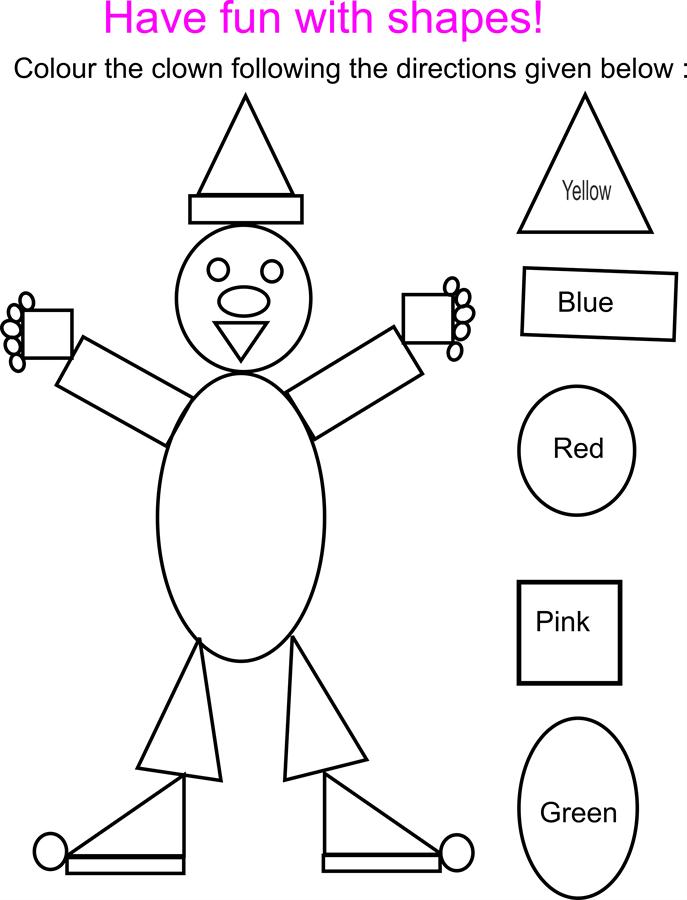 For example, Loto.
For example, Loto. - Teach your child to collect toys. But not just like that, but by flowers. For example, now we remove all red. Ready? Now we are looking for everything green on the floor. Help the baby, by doing this you not only help him learn colors, but also bring up a little helper.
- Remember the rule: "Learned a new color - apply."
The more often you encourage your child to name and show what they have recently learned, the better he will remember it.
- Do not despair.
If your child is lazy, doesn't remember well, or mispronounces the names of colors, don't panic or scold them. Try to diversify games with colors, experiment with new ways of remembering.
Children's interest in color is used not only by manufacturers and sellers of children's goods, it can be used by you too. Educate, inspire and motivate! Dear readers! Tell us in the comments what games you play with your kids to learn colors. We welcome new ideas and advice.
We welcome new ideas and advice.
SEE ALSO
16034
Reviews and articles
Rastishka
article
Children's birthday in the style of minions: a detailed guide
Surely not only a minion lover lives in your apartment, but also the "heroes of the occasion" themselves - funny yellow-mouthed creatures that look ...
Rastishka
article
Minion making: do-it-yourself storage containers
Funny and cool yellow and blue minions can be made from any available materials. And do it not just for fun, but with ...
Rastishka
article
Minion mania: how to make minions with your own hands
, …
13 283
load 9 more0003
Learning colors: how to teach a child to distinguish colors and shades
It is generally accepted that by the age of three a child should learn to distinguish between primary colors.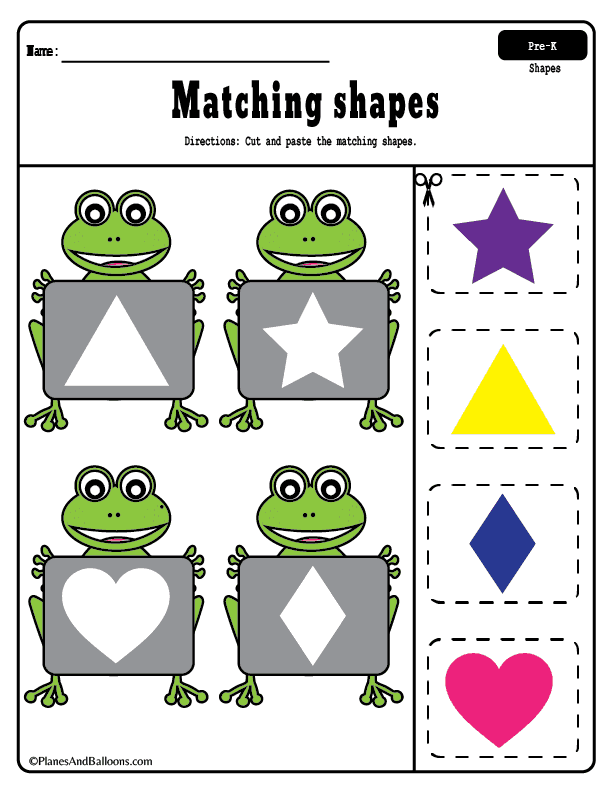 This skill is an important part of sensory development, it gives the child the opportunity to see the world in a new way. Often, if the baby does not know or confuse colors, parents have concerns about the pace of development of the child. Do I need to worry if the study of colors is not easy for a child? How to teach a child to distinguish colors? You will find answers to these questions in our article.
This skill is an important part of sensory development, it gives the child the opportunity to see the world in a new way. Often, if the baby does not know or confuse colors, parents have concerns about the pace of development of the child. Do I need to worry if the study of colors is not easy for a child? How to teach a child to distinguish colors? You will find answers to these questions in our article.
At what age does a child begin to see colors?
Studies have shown that children begin to perceive colors by 2-3 months. The first colors a child sees are yellow, orange, red, green. At this age, babies can already react differently to their toys of different colors (for example, a red rattle can please a child more than a blue one), look at bright pictures with enthusiasm. The baby's world quickly acquires colors, but if we talk about the ability to consciously find an object of the right color, then usually it appears in children at the age of one and a half. It is at this age that it is optimal to start learning colors in a playful way.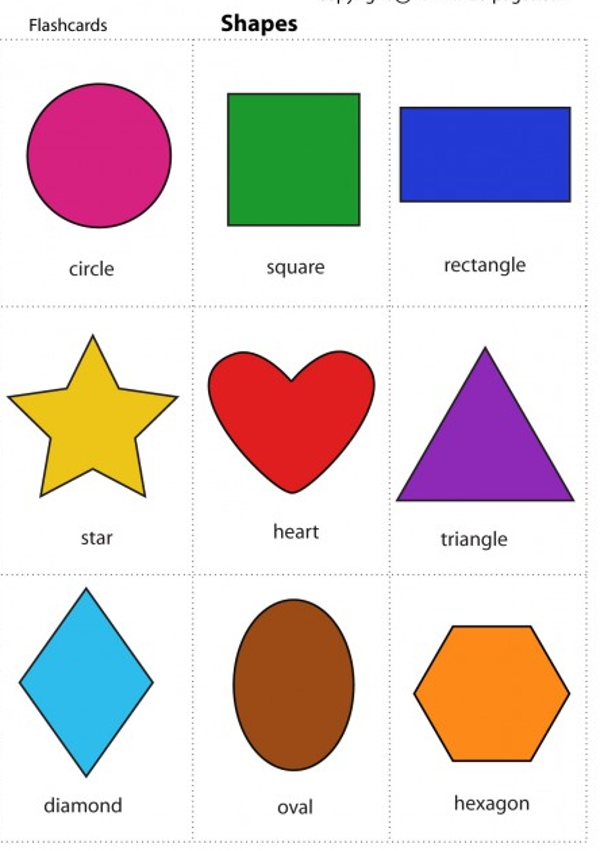 You can voice the names of flowers to a child for up to a year, this will only benefit him. But do not demand too much from the baby, remember that his brain is actively developing, and as soon as the time comes, you will certainly see the results.
You can voice the names of flowers to a child for up to a year, this will only benefit him. But do not demand too much from the baby, remember that his brain is actively developing, and as soon as the time comes, you will certainly see the results.
To see if your child is ready to learn colors by playing with building blocks, ask your child to point to a part that is the same color as yours. If the baby can find objects of the same color, then he is quite ready to memorize the names of colors.
Learning colors in everyday life
Children get most of their knowledge about the world in everyday life: communicating with adults and peers, observing nature, playing. The study of flowers is no exception. Sometimes a child does not need to do special exercises to learn to recognize colors. For this, it is enough that he hears the name of the color and associates it with a specific thing. During daily activities, voice for the child what color the objects are around. Whether you are drawing, playing with blocks, looking at cars in the yard, reading, swimming, eating, dressing - in each of these situations, you can gently teach your child to distinguish colors.
Whether you are drawing, playing with blocks, looking at cars in the yard, reading, swimming, eating, dressing - in each of these situations, you can gently teach your child to distinguish colors.
It is important that the study of colors does not turn into torture. You should not constantly test the child's knowledge by asking him which color is which. Soon the baby may just start to ignore you. “Let's paint the sun yellow!”, “What a delicious green cucumber!”, “Oh, where did the blue cube go? Here he is!" are examples of how you can gently help your child remember colors.
Games for learning colors and their shades
In order to get your baby interested in learning colors or to reinforce the knowledge they already have, you can offer your child to play special “color” games.
Color sorting
Sorting games are aimed at helping the child learn to sort objects into groups by color.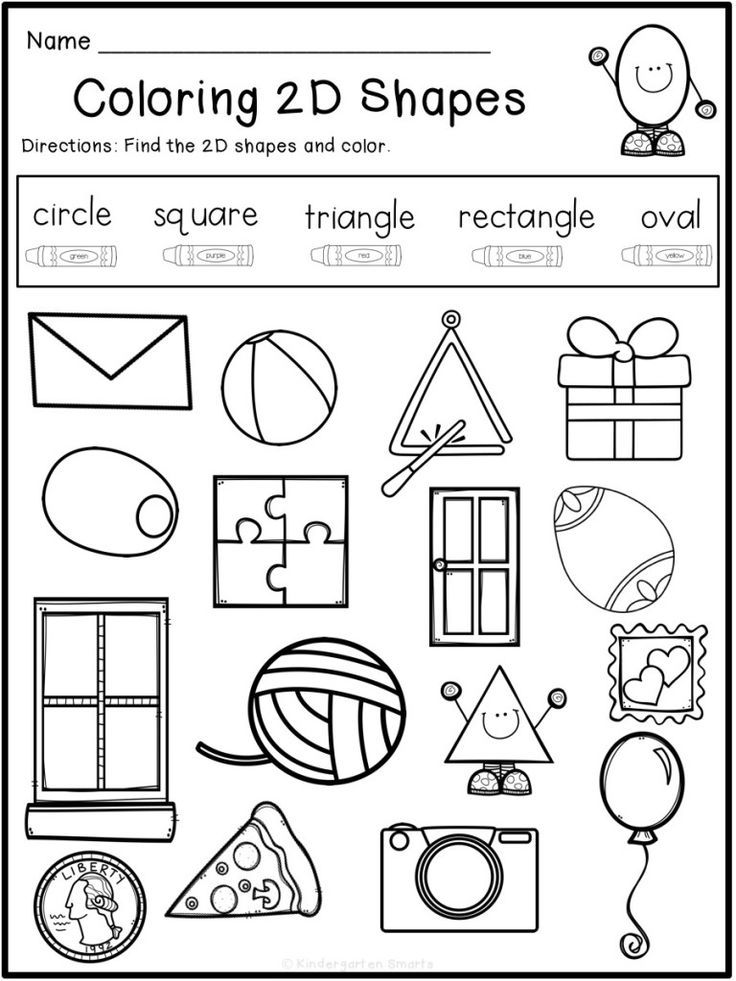 Any materials at hand can be items for sorting: toys, covers, designer parts, cubes, buttons, cereals, pencils, etc. You can organize the game in various ways:
Any materials at hand can be items for sorting: toys, covers, designer parts, cubes, buttons, cereals, pencils, etc. You can organize the game in various ways:
You can come up with as many options for sorting by color, it all depends on your imagination. So that the child does not lose interest in the task, connect the plot of the game with his favorite characters, toys (for example, a cat will eat from a yellow bowl, and a baby elephant from a red one, etc.).
Match a Pair
Help your child learn colors with the Match a Pair series. Ask your child to find a petal for a bug, a pot for a flower, a roof for a house, etc. You can present the baby with a deliberately wrong option and ask to correct the mistakes.
Pick up a patch
Show the child the picture with the missing details. Ask him to fill in the gaps (this can be done with plasticine, pom-poms, caps, cards, etc.).
Color Lotto
At the age of about one year, children begin to be interested in various lottos.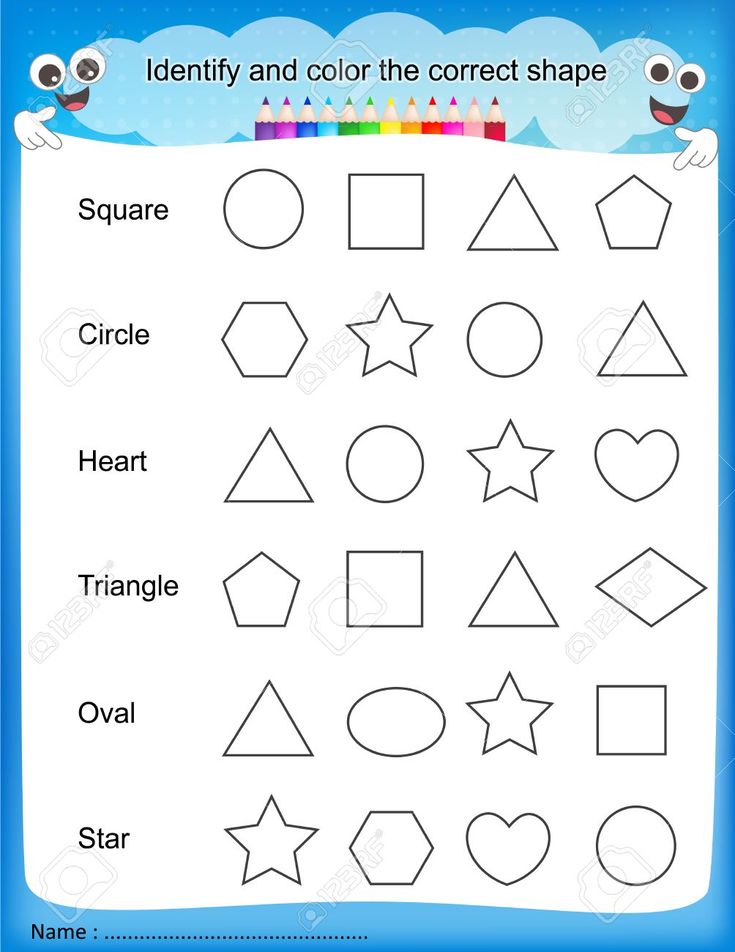 In the color lotto, the task is to collect pictures of the same color on the card.
In the color lotto, the task is to collect pictures of the same color on the card.
Colored Sensory Boxes
Create a sensory box for your baby where everything is the same color. During the game, the child will be able not only to remember the color that he sees, but also to develop fine motor skills, tactile sensitivity, thinking, and imagination.
Color days
This is one of the most interesting and popular ways to teach your child to distinguish colors. Its essence is that during the day (or several days) you draw the child's attention to objects of a certain color. For example, on a yellow day, you can dress in yellow clothes, play with yellow toys, draw a yellow chicken. Surrounded by one color, the baby will easily remember it.
Cards for learning colors
You can learn colors with your child using cards. With the help of Doman's "Colors" cards, you can introduce your baby not only to the main colors, but also to different shades.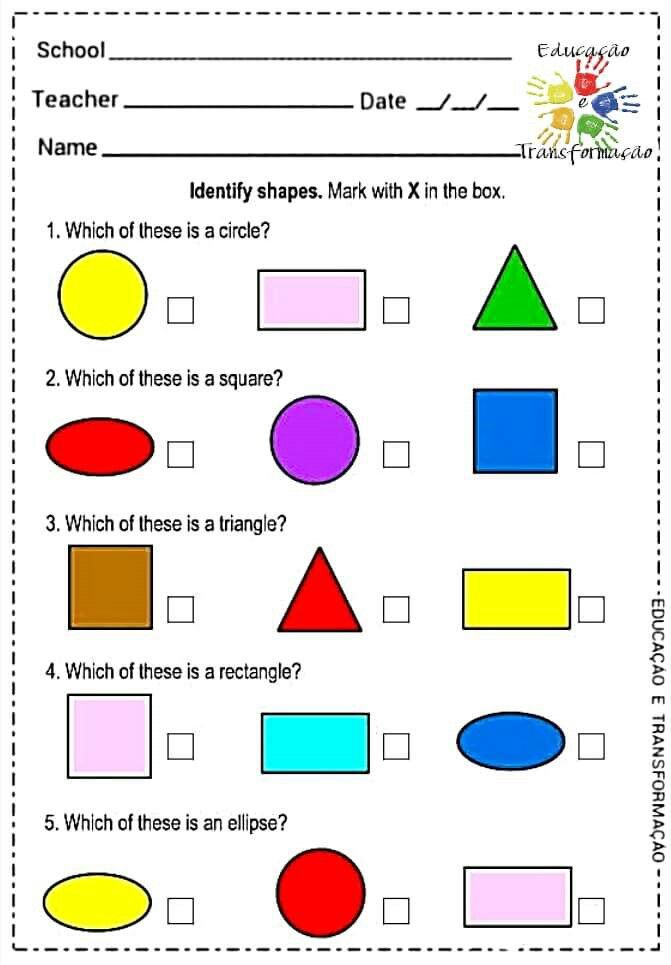 It is important not to overload the child with unnecessary information about the names of 10 shades of green or red. Learn only those shades whose names you can use in the game and life.
It is important not to overload the child with unnecessary information about the names of 10 shades of green or red. Learn only those shades whose names you can use in the game and life.
Board games for learning colors
Board games are a great way to learn about colors and consolidate knowledge about them. Currently, the stores offer a wide range of similar games for every taste and budget. Choose a game that suits your child.
Educational cartoons
There are many educational cartoons on the Internet that will help your child learn colors quickly. Here is one of them:
Educational books
If your little one loves to listen to stories and look at pictures, this is the way for you. We all remember the wonderful story of V.G. Suteev "Rooster and paints", by S.Ya. Marshak has a whole “Colorful book”. You can also find many educational books that will become your faithful assistants.